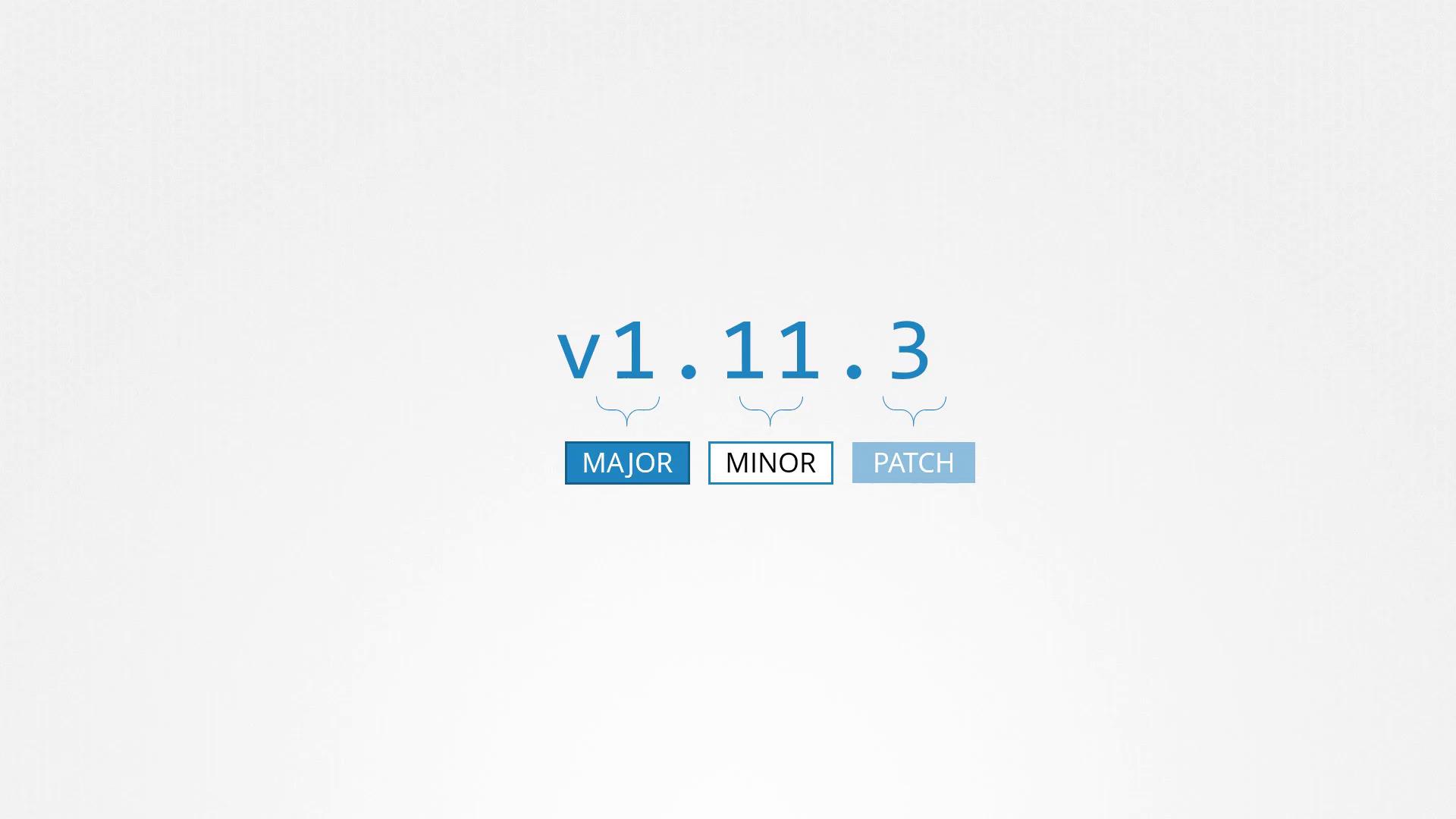CKA Certification Course - Certified Kubernetes Administrator
Cluster Maintenance
Kubernetes Software Versions
Welcome to this lesson on Kubernetes Software Versions. In this article, we'll explore the various Kubernetes releases, explain their versioning scheme, and detail how the Kubernetes project manages its software releases. This content is designed to help you understand the nuances of different versions and upgrade processes.
Viewing Your Cluster Version
When you install a Kubernetes cluster, you install a specific version of Kubernetes. To check which version is running on your cluster, execute the following command:
kubectl get nodes
For example, the output might resemble:
kubectl get nodes
NAME STATUS ROLES AGE VERSION
master Ready master 1d v1.11.3
node-1 Ready <none> 1d v1.11.3
node-2 Ready <none> 1d v1.11.3
Understanding Semantic Versioning
Kubernetes release versions follow a three-part semantic versioning scheme: major, minor, and patch.
- Major versions indicate significant changes.
- Minor versions are released every few months and introduce new features and functionalities.
- Patch versions are released more frequently to address critical bug fixes.

Tip
Semantic versioning helps ensure backward compatibility while introducing new features incrementally.
The Evolution of Kubernetes
The first major release, version 1.0, was introduced in July 2015. At the time of recording, the latest stable version is 1.13.0. Kubernetes releases follow a lifecycle that includes alpha, beta, and stable phases:
- Alpha releases: Features are disabled by default and may be unstable.
- Beta releases: Features are enabled by default and undergo thorough testing.
- Stable releases: Fully tested and ready for production use.

Important
Always review the release notes before upgrading to ensure compatibility with your existing Kubernetes environment.
Accessing Release Artifacts
You can find all Kubernetes releases on the Kubernetes GitHub releases page. After downloading the kubernetes.tar.gz file and extracting it, you will see executables for all Kubernetes components. Note that while the control plane components share the same version, additional components like the ETCD cluster and CoreDNS servers may have their own version numbers because they are maintained as separate projects. Each release's notes detail the supported versions of these external dependencies.

What's Next?
This overview provides insight into the versioning and lifecycle of Kubernetes releases. In our next lesson, we will cover the upgrade process, detailing how to transition safely from one Kubernetes version to another.
For more information on Kubernetes version management and upgrade strategies, please refer to the Kubernetes Documentation.
Happy learning!
Watch Video
Watch video content